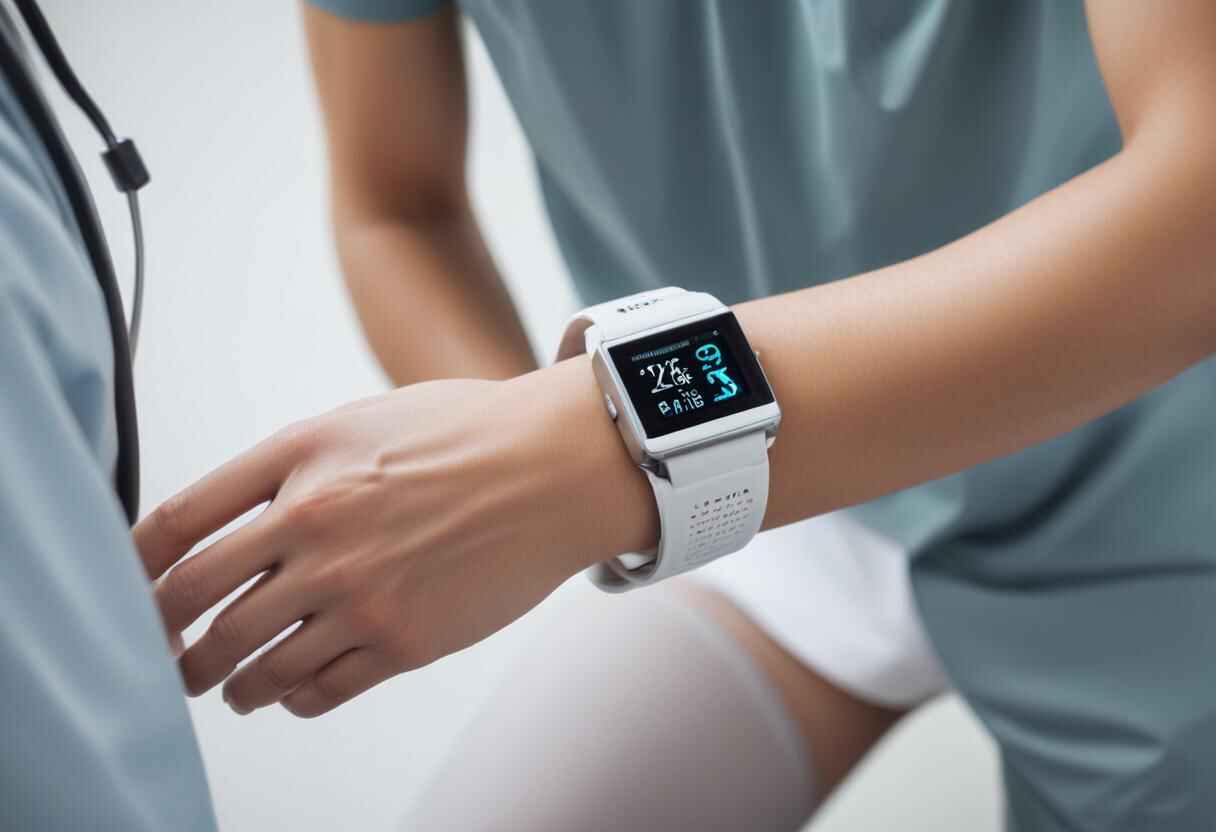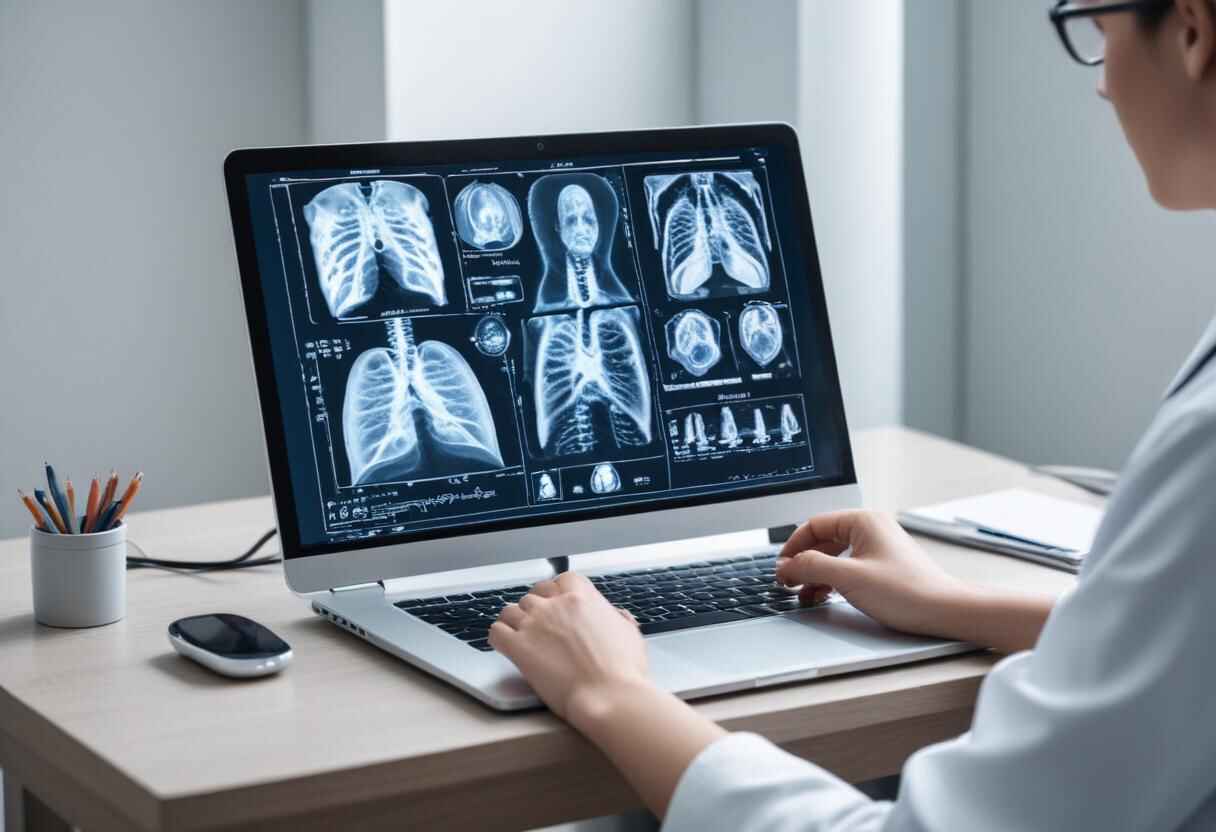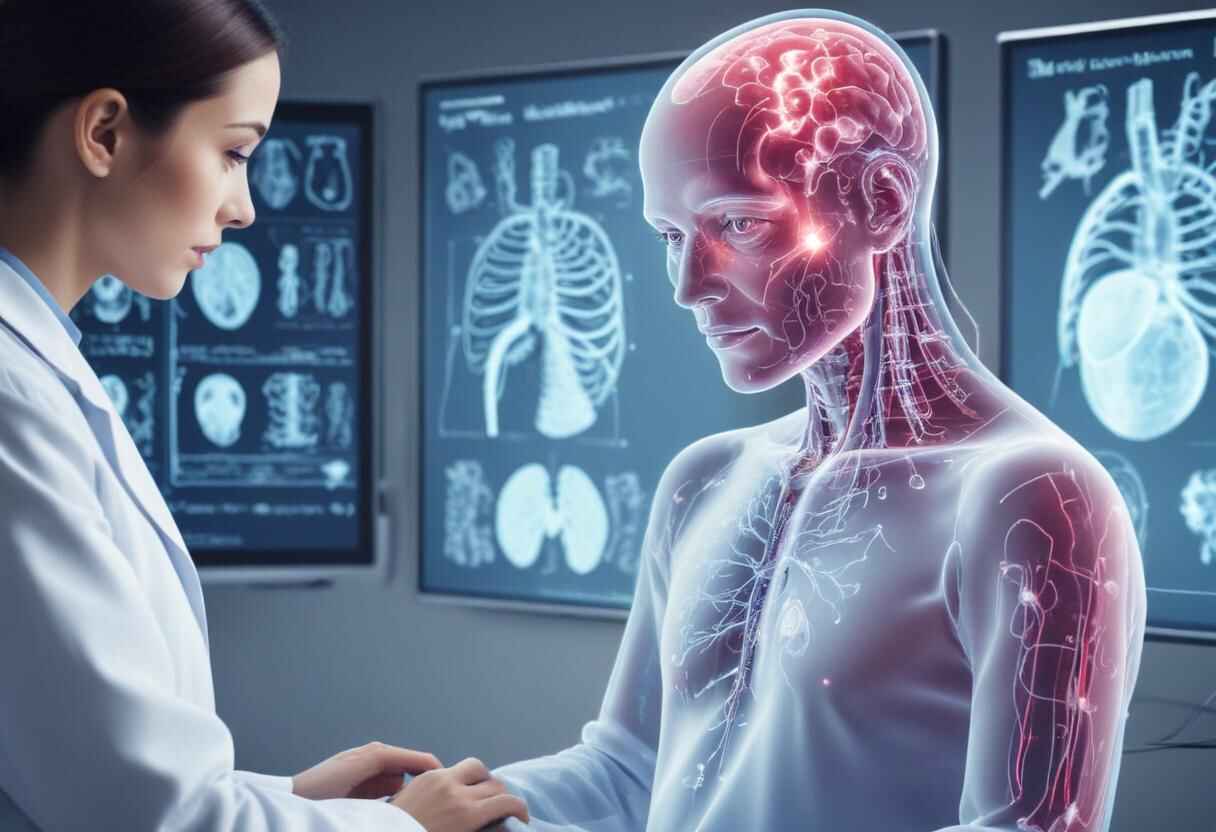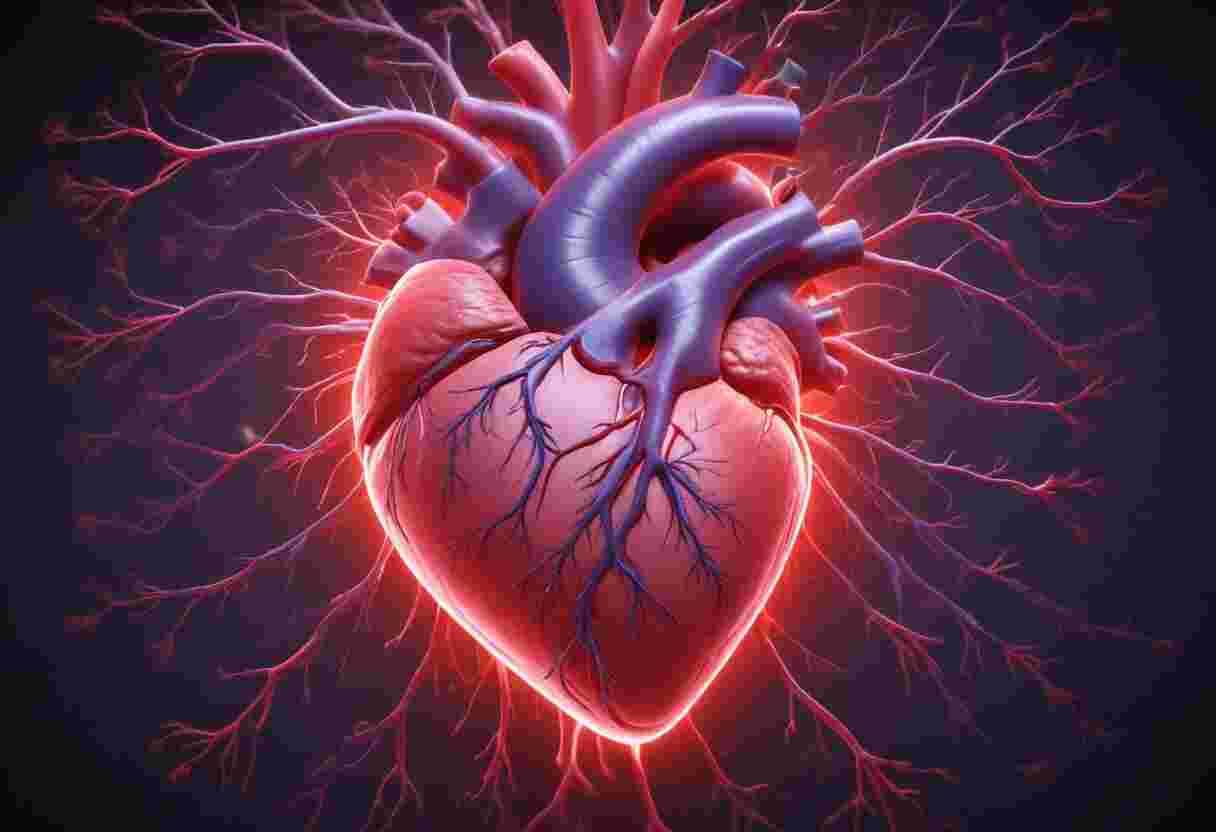Gastroparesis ICD-10 Code: Understanding K31.84
Ever had that feeling where your food seems to just sit in your stomach? That discomfort could be gastroparesis. It’s a condition where the muscles in your stomach don’t work right, making it hard to move food into your small intestine. Numerous unpleasant symptoms may result from this. If you’ve been diagnosed with gastroparesis, you … Read more









